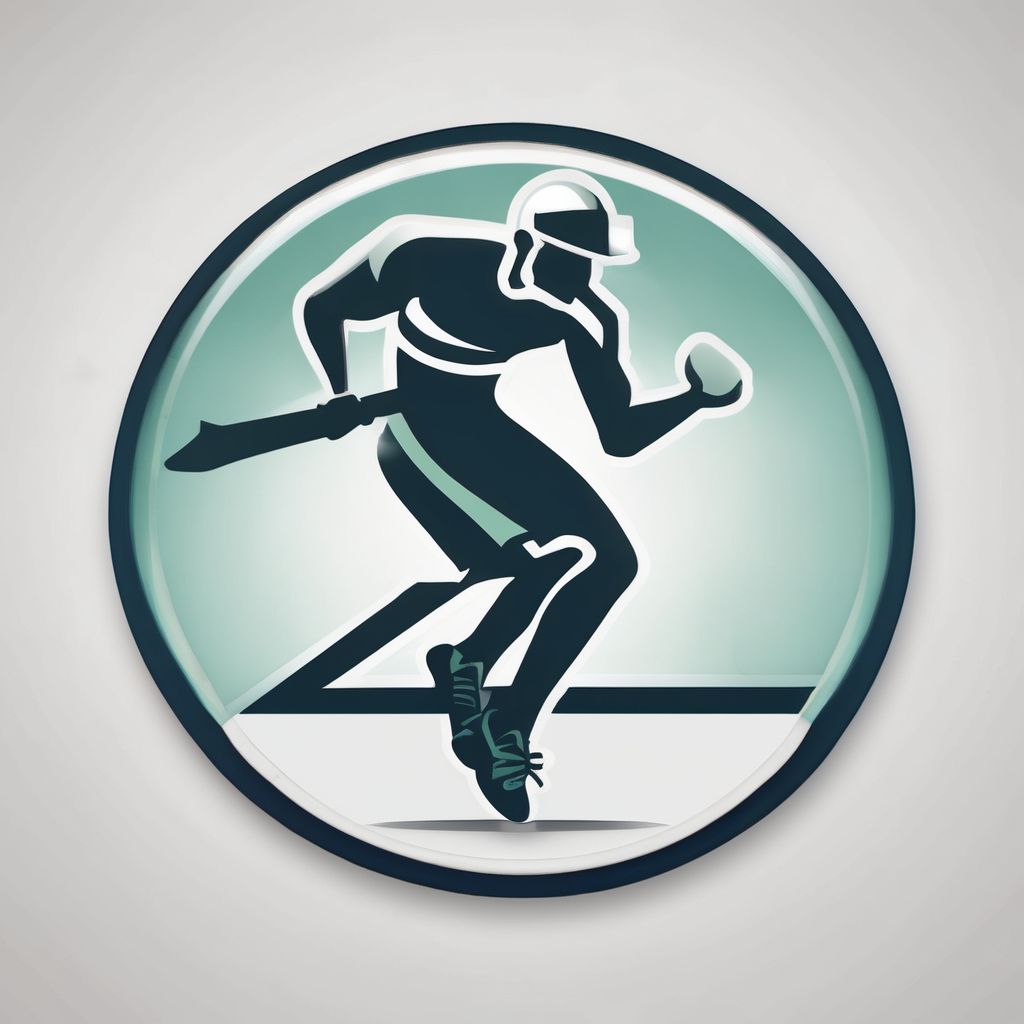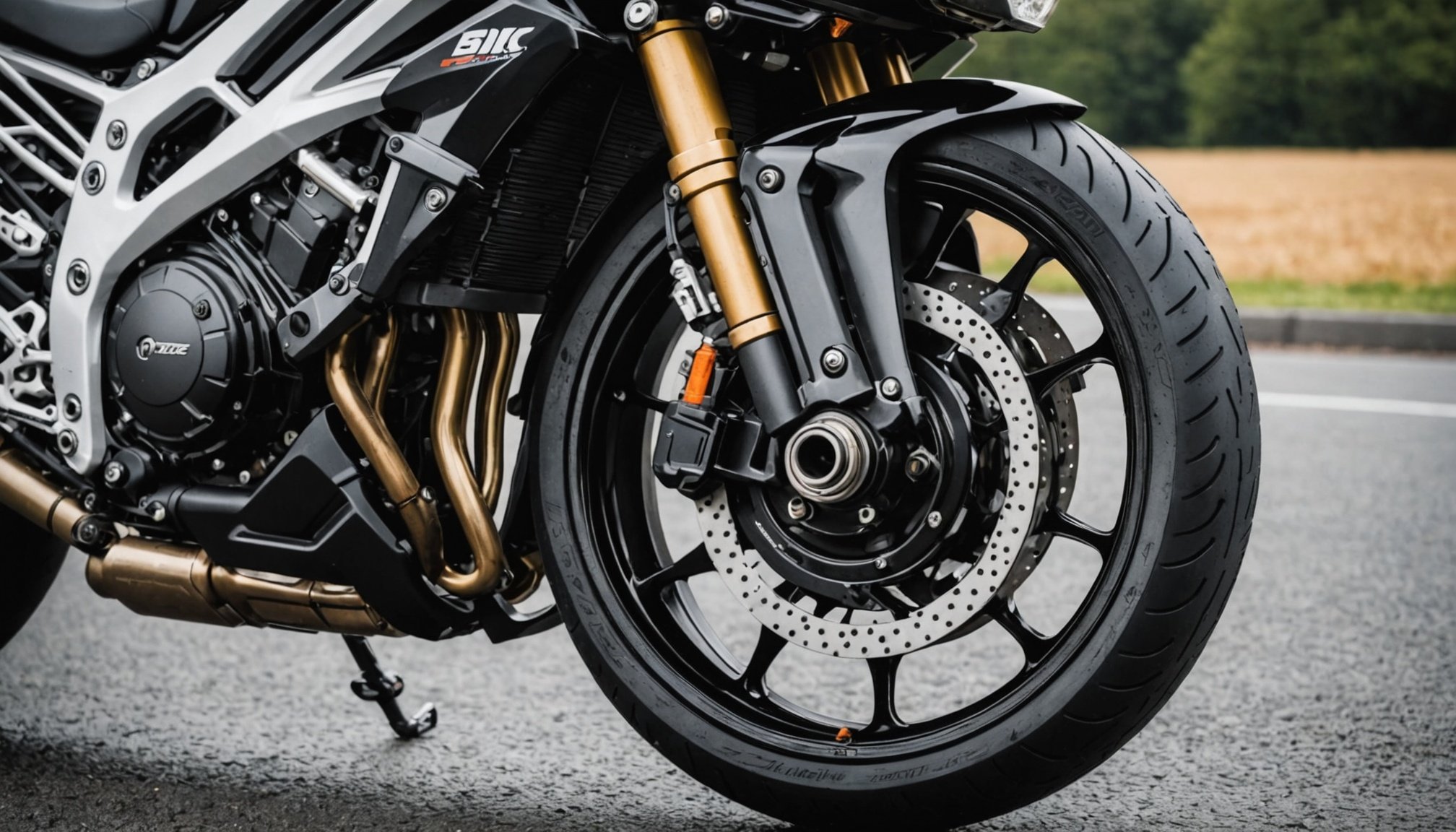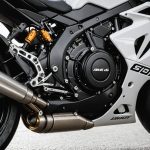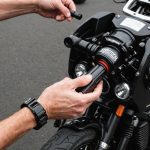Understanding Tire Pressure for Sport Bikes
Maintaining optimal tire pressure is crucial for both safety and the performance of sport bikes. Each model often comes with specific “tire pressure guidelines,” typically outlined in the owner’s manual, which keep the bike running smoothly. Adjustments need to be based on these recommended ranges to ensure the best handling and traction.
Proper tire inflation impacts not only the bike’s safety but also its performance. Correctly inflated tires provide improved grip and more efficient braking, enhancing overall sport bike maintenance routines. Conversely, both under-inflated and over-inflated tires can negatively affect your ride quality and tire longevity.
In parallel : Complete Throttle Lock Installation Tutorial: Tackle Hand Fatigue on Extended UK Rides!
It’s important to address common misconceptions surrounding tire pressure. Many riders mistakenly believe that slightly lower pressure can improve grip, but this can actually lead to faster tire wear and reduced control. Keeping the pressure within recommended specs is vital.
To maintain your bike effectively, regularly check and adjust tire pressure using a reliable gauge. Incorporate this check into your regular maintenance routine alongside other safety checks, ensuring your sport bike remains in peak condition. Consistent upkeep is key to enjoying a safe and exhilarating sport biking experience.
Topic to read : Essential strategies to maximize sport bike tire lifespan in the uk
The Effects of Weather on Tire Pressure
Understanding how temperature effects tire pressure is paramount for maintaining optimal tire performance. As temperatures rise, air inside the tire expands, increasing pressure, whereas colder temperatures can cause pressure to decrease. This fluctuation impacts tire performance, affecting both grip and tread wear.
How Temperature Affects Tire Inflation
Air pressure inside a tire can change approximately 1 PSI for every 6°C (10°F) temperature shift. Thus, a sudden drop in temperature can mean under-inflated tires, leading to reduced control and safety. Conversely, high temperatures might cause over-inflation, reducing contact with the road.
Seasonal Variations and Their Implications
Monitoring seasonal changes is critical. During summer, tire pressure may increase, requiring more frequent checks to avoid excessive inflation. Winter’s cold demands vigilance to prevent under-inflation. Additionally, weather impact varies dramatically between seasons, necessitating periodic adjustments to maintain safety and performance.
Regional Weather Patterns in the UK
In the UK, the weather can be quite volatile, leading to frequent tire pressure changes. Riders should be especially vigilant during transitional seasons like spring and autumn when temperatures fluctuate more significantly. Regular checks ensure tires remain within the recommended pressure guidelines for optimal sport bike maintenance and safety performance.
Monitoring and Maintaining Tire Pressure
To ensure peak tire performance and safety, regular tire pressure monitoring is essential. Proper tools, such as digital pressure gauges, can provide precise readings, helping maintain the correct pressure according to the bike’s guidelines.
Practical Tools for Measuring Tire Pressure
Investing in reliable inflation tools like a high-quality gauge will aid in accurate measurements. Digital gauges are preferred for their precision and ease of use, allowing riders to align with specified tire pressure guidelines.
Best Practices for Regular Checks
Incorporate routine checks as part of your sport bike maintenance. Perform pressure measurements when tires are cold for accurate readings. Checking weekly can help detect any deviations promptly, ensuring that you’re riding with the best safety performance.
Importance of Consistent Maintenance
Maintaining proper inflation consistently can extend tire lifespan and improve handling. Deviating from recommended pressure can lead to uneven wear or potential safety hazards. Regular care with the right tools keeps the bike ready for any adventure, maximizing safety performance and efficiency on every ride.
Adjusting Tire Pressure for Riding Conditions
Riding conditions significantly influence tire pressure requirements, necessitating careful regulation adjustments to sustain performance and safety. Different riding terrains demand varied pressure settings; hence, understanding how to adapt is crucial. When riding on smooth surfaces, maintaining standard pressure enhances stability and control. However, for off-road or rough terrains, slightly adjusting the pressure can improve shock absorption and traction.
Considerations for Different Types of Riding
Different rides impose unique stress on tires. High-speed riding increases friction and heat, potentially raising tire pressure and affecting grip. It’s essential to adjust tire pressure according to the intensity and duration of your ride to preserve safety performance.
Importance of Pressure During Long Rides
Long rides require special attention to riding conditions and maintaining optimal pressure. Continuous high speeds can elevate temperatures and pressure, risking over-inflation. Regularly checking and adjusting to suit riding conditions minimizes risks and promotes tire longevity.
Adjustments for Weather Changes
Weather can change unexpectedly, affecting road conditions and requiring immediate pressure adjustments. Equip yourself with safety tips and tools for impromptu checks to ensure you are always prepared. Keeping abreast of local weather forecasts helps manage response times to sudden shifts in weather conditions.
Expert Techniques for Tire Inflation
Utilising expert tips for proper tire inflation is crucial for maintaining your sport bike’s efficiency and safety. Correctly inflating your tires ensures they follow the precise tire inflation techniques, preventing premature wear and improving overall control.
Best Practices for Inflating Tires Correctly
Begin by ensuring you have a high-quality gauge and an accurate air source. Aligning inflation frequency with regular check-ups helps in detecting pressure anomalies early. Inflate the tires to the exact tire pressure guidelines specified by the manufacturer; this is essential for balancing safety performance with sport bike maintenance.
Recommended Frequency for Checking and Adjusting
Regularly assessing tire pressure is suggested at least weekly, or more often if conditions change. Frequent checks help in maintaining consistent inflation, preventing potential riding hazards. This routine can avert problems like decreased fuel efficiency or uneven tire wear, enhancing long-term tire performance.
Handling Sudden Tire Pressure Issues
On the road, unexpected pressure changes can occur—especially during long rides or inclement weather. Equip your bike with compact inflation tools to address these sudden issues promptly, ensuring safety and extending the lifespan of your tires. With practice, these techniques become integral to confident and safe riding.





